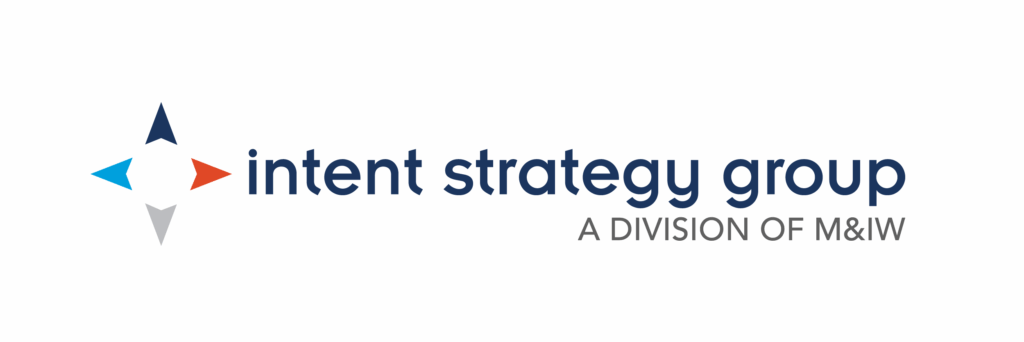Myth vs. Reality: Business Intelligence and Data Analytics
As data collection has evolved, so has the demand for data insights. When implemented and used correctly, business intelligence (BI) and data analytics bring numerous advantages, including streamlining reporting and reconciliation, comparing event costs and performance across multiple variables, uncovering revenue-generating opportunities, and more.
However, the data world is surrounded by myths and misinterpretations, resulting in the end user being confused and convoluting the decision-making process. After all, data is only useful if you know what to do with it.
In the sixth Myth vs. Reality blog post, M&IW’s Business Intelligence team—David Sachs, Director of Business Intelligence Solutions & Consulting, and Laura Rog, Sr. Business Intelligence Analyst—break down the facts and fiction behind the data.
In Case You Missed It – Myth vs. Reality: Conferences and Tradeshows

Myth: Collecting data across a global enterprise is easy when you are using one system.
Reality: One system may simplify the process, but that does not mean it’s simple.
In theory, it sounds like one system to collect meetings-related data across your global organization should be easy, but it rarely comes together that way. Even with one data system, collecting useable data faces challenges for a variety of reasons, including variations in meeting request forms, different currencies based on meeting location, and inconsistent data entry timelines. That’s why you should never rely entirely on the system; it’s important to have a trained data expert either in-house or as a third-party partner to help analyze and consolidate the data into useful and meaningful sets of information.

Myth: If you have a lot of usable and accurate data in your meetings technology, then you have a solid strategic data plan.
Reality: Simply having the data does not mean you have a strategic data plan.
Having a vast amount of usable and accurate data is a big win for any organization, but having data does not automatically mean there is a sound strategic plan in place. Any organization needs to have a strategic roadmap that details the following:
- The various audiences and their use cases.
- How the data will be accessed or delivered.
- The frequency of access and delivery.
- How ongoing training will be provided.
- The frequency of ongoing training.
Outlining these steps leads to an actionable strategic data plan that can help support the decision-making process effectively and efficiently.

Myth: Now that data is accurate and relevant, gaining adoption to use the data will be easy.
Reality: Training and monitoring usage are the key to gaining adoption.
The saying “if you build it, they will come” unfortunately does not ring true. Having access to vast amounts of data and even having that data pushed into a BI aggregator tool does not equate to users understanding how to use the data to improve their business goals. As mentioned above, training is part of the broader strategic data plan, and for good reason: Training and monitoring usage are the key to gaining adoption. The time, effort, and money to implement a data system is wasted if no one knows how to use it effectively.

Myth: Having a rich data set will immediately help get better leverage on spend.
Reality: Using data to leverage spend is dependent on many factors.
Wouldn’t that be wonderful! The reality of using data to leverage spend with preferred and non-preferred partners is dependent on many factors such as availability of services, timing of meetings, inflation/market conditions, and, of course, relationships. Although having rich internal data can be helpful, it may not be the only source of data useful in managing spend. A holistic approach ensures the right data is used in the right way, and as much as we’d like to rely entirely on the numbers, human interpretation of data (plus a bit of human intuition) still plays a part in leveraging spend.
Contributors

Laura Rog
Sr. Business Intelligence Analyst
Meetings & Incentives Worldwide, Inc.

David Sachs
Director, Business Intelligence Solutions & Consulting
Meetings & Incentives Worldwide, Inc.


